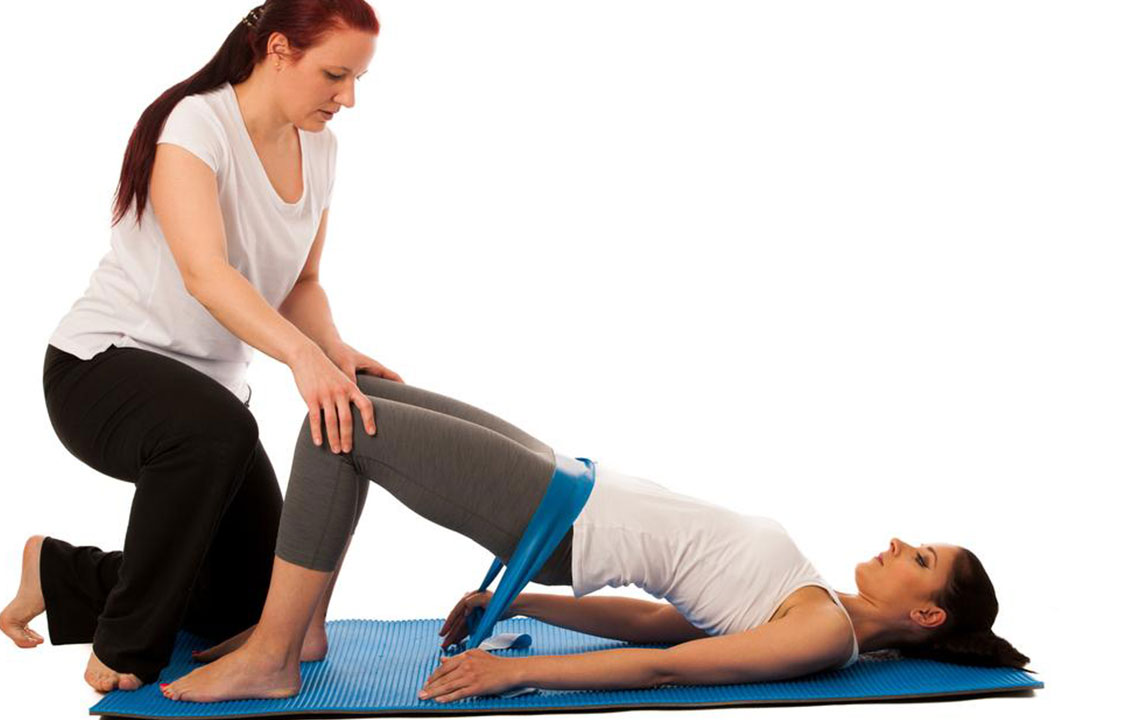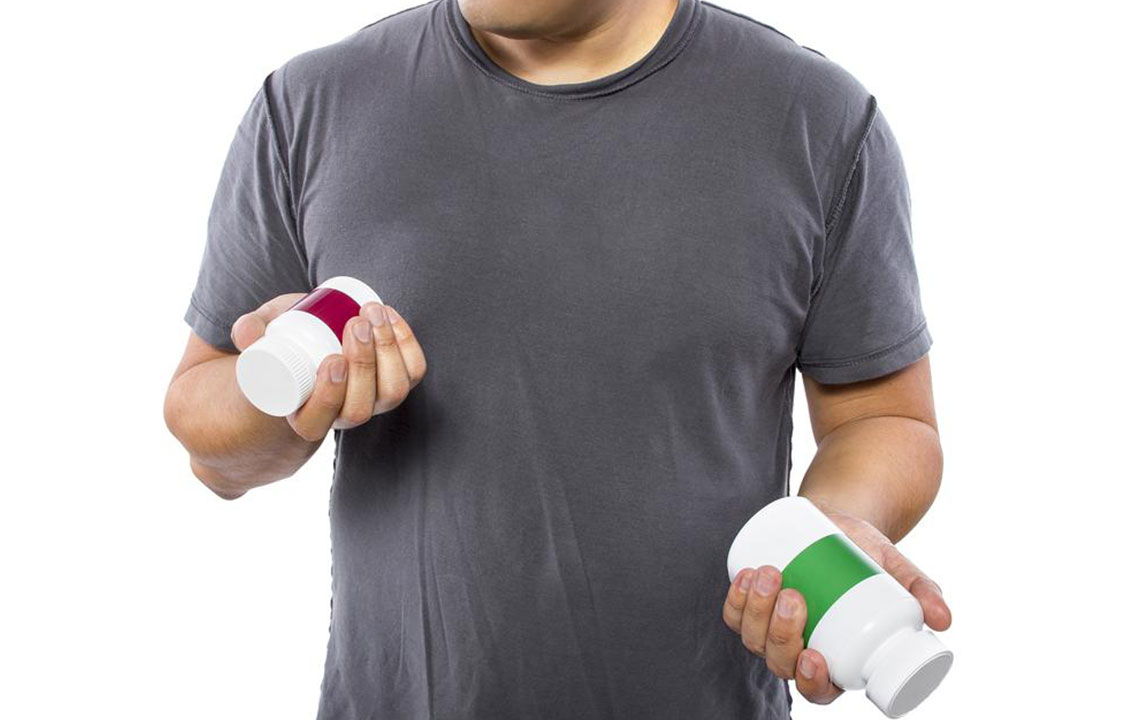Effective Strategies to Strengthen Your Pelvic Floor Using Kegel Exercises
Discover comprehensive strategies to strengthen your pelvic floor with effective Kegel exercises. This detailed guide covers pelvic anatomy, proper exercise techniques, and how to incorporate devices for optimal results. Strengthening pelvic muscles helps prevent incontinence, supports organ health, and boosts sexual well-being. Ideal for women of all ages, especially postpartum and menopausal women, this article provides expert tips and practical advice to achieve lasting pelvic health through consistent practice and modern aids.

Comprehensive Guide to Improving Pelvic Health Through Kegel Exercises
Maintaining strong and healthy pelvic muscles plays a crucial role in supporting overall health and daily functioning. Kegel exercises, a series of targeted workouts, are designed specifically to strengthen the pelvic floor muscles, which provide essential support to vital organs such as the bladder, uterus, and intestines. Over the years, many women have also incorporated specialized devices known as Kegel trainers into their routines to achieve better results and ensure optimal muscle engagement.
Anatomy and Function of the Pelvic Region
The pelvic region, located between the thighs, is a complex structure that contains vital reproductive, urinary, and digestive organs. It is supported by the pelvic diaphragm, a network of flexible muscles that forms a supportive sling underneath these organs. This muscular sling stabilizes the bladder, bowel, and for women, the uterus, ensuring proper functioning and control.
As individuals age, these pelvic muscles naturally tend to weaken due to hormonal changes, pregnancy, childbirth, and other factors. Weakened pelvic muscles can lead to a variety of health issues, including urinary incontinence, pelvic organ prolapse (POP), and decreased sexual satisfaction. Surgical interventions, childbirth trauma, and certain medical conditions can further exacerbate this muscle degradation, making regular strengthening exercises essential.
Weak pelvic muscles are often associated with urinary incontinence, causing involuntary urine leakage during activities such as coughing, sneezing, laughing, or lifting heavy objects. Strengthening these muscles is vital in preventing such issues and improving quality of life.
The Benefits and Importance of Kegel Exercises
Originally introduced by Dr. Arnold Kegel in 1948, Kegel exercises involve targeted contracting and relaxing of the pelvic muscles. These exercises offer numerous health benefits, including enhanced bladder control, reduced risk of prolapse, improved sexual health, and increased confidence in daily activities. They are especially important for women postpartum, those experiencing menopausal changes, and individuals with pelvic health concerns.
Focusing on the pubococcygeus muscle—the primary component of the pelvic floor—these exercises help tone and strengthen the entire pelvic diaphragm, including associated muscles like the puborectalis and iliococcygeus. Strengthening these muscles not only improves urinary and fecal control but also supports the organs helping prevent descent or prolapse over time, promoting lifelong pelvic health.
Proper Technique for Performing Kegel Exercises
To effectively perform Kegel exercises, it’s crucial to identify the correct muscles. One common method is to try stopping urination midstream; a successful engagement involves contracting the pelvic muscles responsible for this action. However, it’s important not to make a habit of stopping urination regularly, as this can lead to urinary issues.
Start by contracting the pelvic muscles and holding the contraction for about three seconds, then relax for three seconds. Repeat this cycle ten times per session. As you become more comfortable, gradually increase the hold time to ten seconds for each contraction. Aim for at least three sets daily, which can be done discreetly at any time—whether you're commuting, working at your desk, or relaxing at home. Consistency is key to experiencing noticeable improvements in pelvic strength.
Enhancing Kegel Exercises with Devices
For those seeking to optimize their pelvic workouts, various devices are available that can assist in ensuring correct technique and effective muscle engagement, including:
Small vaginal balls or weights, varying in size and weight, that are held inside during exercises to provide resistance
Vaginal cones and barbells that require internal pressure to maintain position, helping strengthen muscles with progressive resistance
Feedback devices or balls equipped with sensors to gauge the applied pressure and provide real-time feedback
Electrical stimulators that deliver gentle currents to induce muscle contractions, useful when voluntary effort is limited or as a supplementary tool
Resistance training devices designed to target specific pelvic muscles more effectively
While external pelvic exercises are highly effective independently, incorporating these devices can boost results, especially for women with significant muscle weakness or recovery needs. Research indicates that combining traditional exercises with feedback mechanisms enhances muscle strength, reduces symptoms of incontinence, prevents prolapse, and optimizes overall pelvic health. Women should choose devices based on comfort, ease of use, and individual health goals to maximize benefits.
In conclusion, strengthening the pelvic floor through consistent Kegel exercises and the possible use of supportive devices is essential for maintaining urinary control, preventing pelvic organ prolapse, and enhancing sexual health. Making these exercises a daily habit can lead to significant improvements in quality of life, confidence, and overall well-being, especially as one ages or recovers from childbirth or pelvic surgeries. Empower yourself with knowledge and practical tools to support a healthy, strong pelvic region that stands the test of time.





